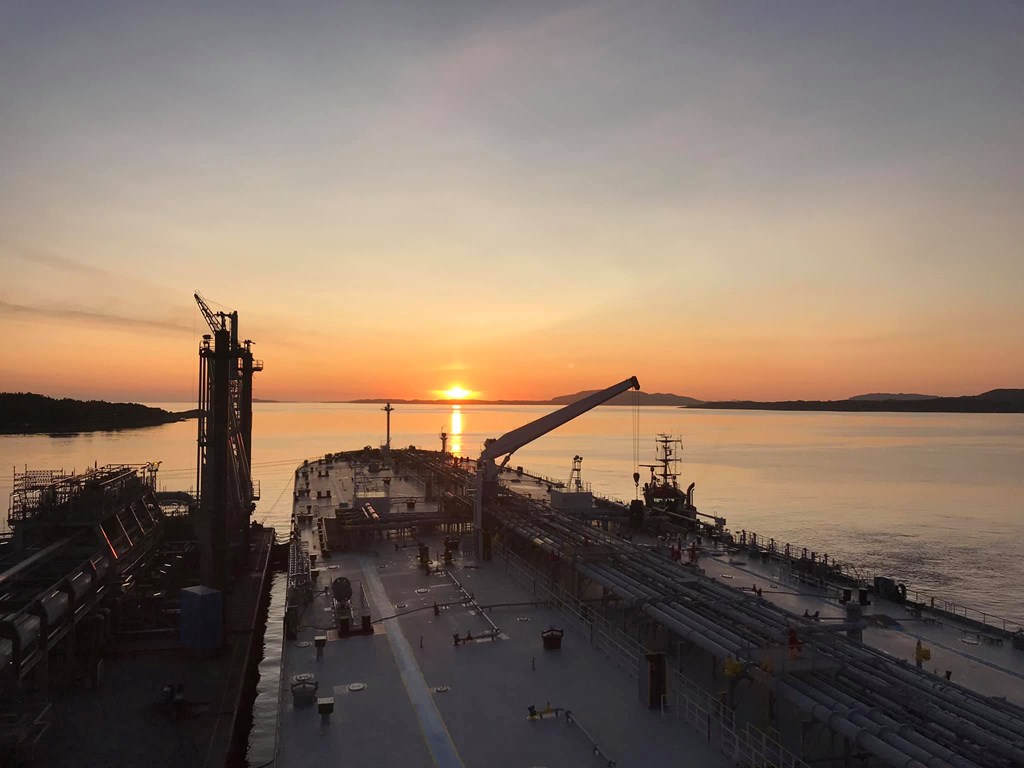– FreiXchange’s concept seems very interesting, says Jon Leon Ervik, department head for pilots and vessel traffic service at the Norwegian Coastal Administration.
– If this preliminary project results in a better, more efficient method for calculating Co2-emissions for all kinds of vessels in transit from port to port, it can certainly become an important tool for implementing new technology which can contribute to the reduction of greenhouse gases for the shipping industry, Ervik says.
Today the Norwegian Coastal Authorities and several national ports are using the international score system (Environmental Ship Index) that awards tax reductions to emissions related to Nox, SOx and Co2. This system does not include information about the ship’s actually Co2 emissions under voyage.
– An improved and more targeted Co2 based tax calculation can be a useful tool for Coastal Authorities to more accurately propose shipping fees, says Ervik, who on behalf of the Coastal Authorities will work with FreiXchange on their innovation project. The Coastal Administration will contribute with user-knowhow and information about requirements for practical solutions in the project.

The Technology
FreiXchange’s method for Co2 emissions in shipping builds on the principals used by EU and IMO, but it differentiates from the other solutions in including information about the ship’s movements from its AIS (Automated Identification System). AIS data allows FreiXchange to monitor the ships movement at any given time. It can estimate the emissions from an entire fleet of ships, signal out one ship, specific ports or focus on certain segments.
– Our solution considers the ship’s technical design and operational patterns. The aim of the project we are now undertaking is to give every ship’s port calls a unique, yet comparable figure for its Co2 footprint, says Sigmund Kyvik, Managing Director of FreiXchange.
– The ability to calculate a ship’s total emissions will create a common understand of the greenhouse effects of the entire industry. More transparency and a common understand will make it easier for the entire value chain to move in the same direction, towards a greener shipping industry. This collaboration with the Norwegian Coastal Administration is a good example of how different players in the value chain can work together to contribute to Co2 reductions, he adds.
